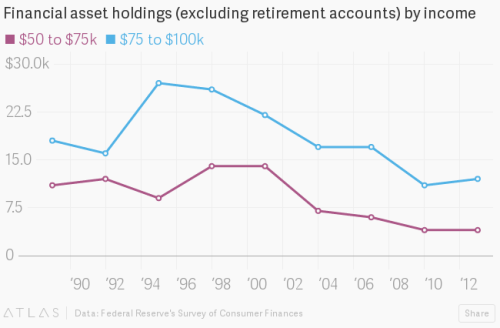Location: Woodman Pub
Year: 2015
100 Social Media Facts and Statistics for 2015
Back in 2013 I linked to some (not so) surprising facts about social media. Two years is a lot of time and a lot of things has changed since. So here comes 100 social media facts and statistics for 2015. These spread from general statistics to service-specific ones, including Facebook, Twitter, LinkedIn, Instagram, Pinterest, Google+, and others. Unlike many other similar collections, this one actually links to sources for every single fact, and provides an easy one-click share to Twitter button. Here are a few to get you started:
- 189 million Facebook users are ‘mobile only’.
- There are 4 billion daily video views on Facebook.
- 50% of unique LinkedIn visitors access it via mobile.
- There is a 50% average increase in comments when a LinkedIn page post contains a question.
- Over 40 billion photos have been shared on Instagram.
- Google+ has 300 million monthly active users around the world.
- Google+ grows at a rate of 33% each year.
- Average time spent on YouTube per mobile session is 40 minutes.
- There are 300 hours of video uploaded to YouTube every minute.
Costa coffee
Fedora 23 and upgrade issues
Fedora 23 has been released yesterday, and as a big fan and a long time user I had to upgrade my laptop (from Fedora 22) immediately. Or at least try.
Usually, the process is quite simple and doesn’t take much figuring out. This time it was somewhat different though. At first, the recommended upgrade command changed slightly from the nice and simple fedup to dnf system-upgrade.
The first attempt downloaded all packages, ended with a cryptic error along the lines of “No updates for kernel packages were found“. Hmm, weird. I thought maybe this was caused by me forgetting to run “dnf update” before the upgrade process. So I did. Some updates were installed, but there were no kernel packages among them. I rebooted the laptop just in case.
The second attempt for some reason failed to find any of the previously downloaded packages, so I had to wait until the almost 2 GB get pulled down again. Result – same error about missing kernel updates. Hmm, again.
After poking around for a bit, I realized that I had previously configured yum to exclude some packages from updates (kernel, kmod-wl, kmod-VirtualBox, and VirtualBox). These settings were picked up by dnf. Editing both /etc/yum.conf and /etc/dnf/dnf.conf to disable the exclude fixed the issue. “dnf update” now pulled some updates to the kernel. Another reboot.
The third attempt once again lost all the downloaded packages and I had to wait some more. This was annoying, especially at 1am now. The process of downloading finished OK and this time there was no errors. So “dnf system-upgrade reboot” should do the trick now, right? Wrong!
Surprisingly, there was no boot menu for system upgrade upon reboot. So I went with Fedora 22 boot option. Which resulted in a brief screen saying “Preparing for upgrade“. Which then disappeared and the system booted back into Fedora 22. Now that was interesting.
It took me a while to find the issue. The problem was that my Fedora 22 laptop wasn’t a clean install, but an upgrade from Fedora 21. That shouldn’t be a problem, but it is, due to this bug. My /etc/os-release file didn’t have the VARIANT and VARIANT_ID variables (thanks to this blog). So after adding these lines:
VARIANT="Workstation Edition" VARIANT_ID=workstation
I’ve rebooted once again, and started the fourth attempt. Downloaded packages were gone once again, so I had to wait a bit more. This time the faster office Internet connection helped to save some time. Download finished OK. Another reboot. Once again, there is no option to upgrade Fedora, so I’m going into Fedora 22 boot. Finally, now there is the upgrade screen! After some preparation time, the packages were installed, the machine rebooted, and now I’m Fedora 23 user.
Checking my /etc/os-release file I see that both variant variables are gone now. This feels weird, but hopefully won’t cause issues in the future. If it will, I’ll probably Google for three hours before finding this very blog post.
America is full of high-earning poor people
“America is full of high-earning poor people” is an interesting article, with lots of charts and statistics, on how poor even high earning households are in America. The problem is, of course, not unique to the United States.
The fact that the average upper-middle-class household has just $12,200 in non-pension financial wealth is disturbing. Even worse, within that group, about 25% of the higher earning population had only $3,200 in 2013. It’s no wonder one quarter of all American households couldn’t come up with $2,000 if they faced an emergency—it’s not just low earners.




